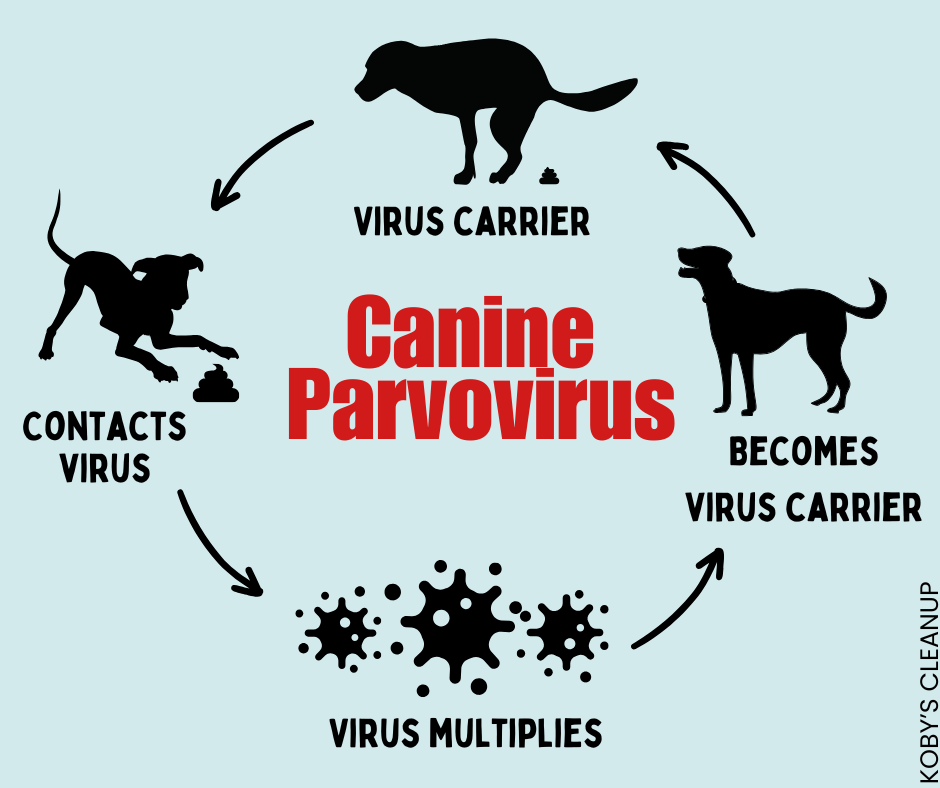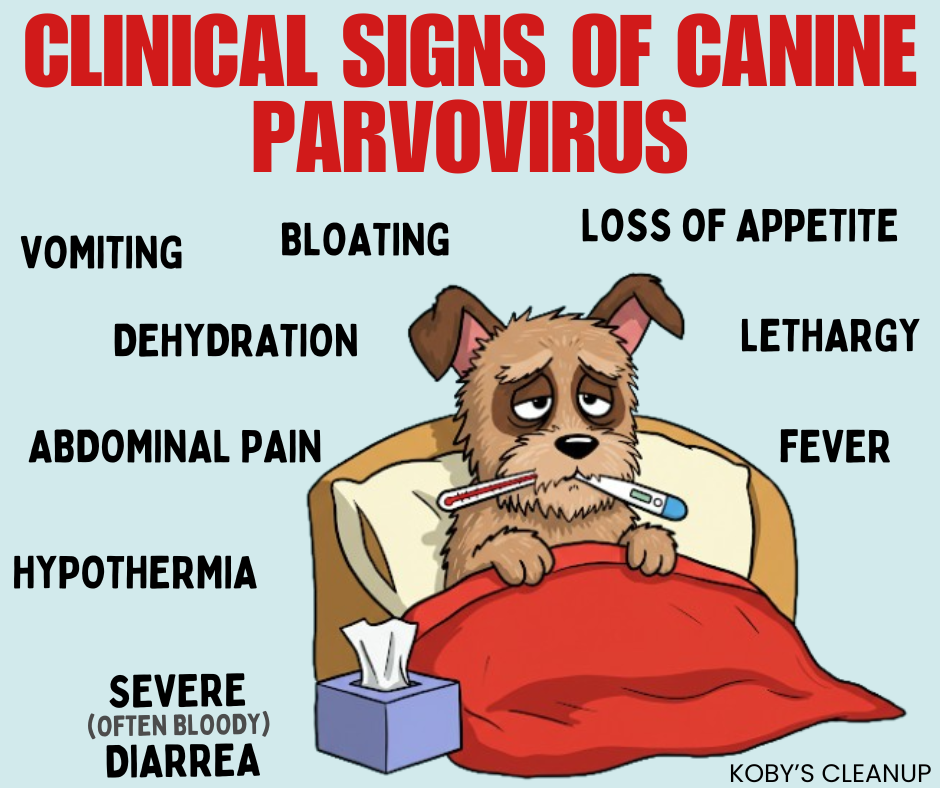Canine parvovirus, often simply called “parvo,” is a highly contagious and potentially deadly viral disease that primarily affects puppies and unvaccinated dogs. As responsible dog owners, understanding this disease, its transmission, symptoms, and prevention methods is crucial to protecting our beloved companions.
What is Canine Parvovirus?
Parvo is caused by the canine parvovirus type 2 (CPV-2), a resilient virus that attacks rapidly dividing cells in a dog’s body. The most severely affected areas are the gastrointestinal tract and the bone marrow. In very young puppies, the virus can also damage the heart muscle. This damage leads to a range of severe symptoms that can quickly become life-threatening.

How is Parvo Transmitted?
The parvovirus is incredibly hardy and can survive in the environment for extended periods (even months). Transmission primarily occurs through:
- Direct contact with an infected dog: This includes physical interaction.
- Indirect contact with contaminated feces: Even trace amounts of infected fecal matter can harbor the virus. This can contaminate soil, surfaces (like floors, crates, and toys), and even our shoes and clothing.
- Contact with contaminated environments: Areas where infected dogs have been, such as dog parks, kennels, and even sidewalks, can be sources of the virus.
It’s important to note that dogs can start shedding the virus in their feces before they even show any clinical signs, making it particularly difficult to control its spread.
Who is Most at Risk?
While all dogs can be susceptible to parvovirus, certain groups are at higher risk:
- Puppies (6 weeks to 6 months old): Their immune systems are still developing, and they haven’t completed their full vaccination series. Maternal antibodies, passed from the mother dog, wane over time, leaving a window of vulnerability.
- Unvaccinated or incompletely vaccinated dogs: Dogs that haven’t received their full series of puppy shots or booster vaccinations are not adequately protected.
- Certain breeds: Some breeds, such as Rottweilers, Doberman Pinschers, and American Staffordshire Terriers, appear to be more susceptible to developing severe cases of parvo.
Early detection is critical for improving a dog’s chances of survival. Symptoms of parvovirus can appear 3 to 10 days after exposure and often include:
- Lethargy: Unusual tiredness and lack of energy.
- Loss of appetite (anorexia): Refusal to eat.
- Fever or low body temperature (hypothermia).
- Vomiting: Often severe and persistent.
- Severe diarrhea: Frequently bloody, which is a hallmark sign of parvo.
- Abdominal pain and bloating.
- Dehydration: Due to the significant fluid loss from vomiting and diarrhea.
If you observe any of these symptoms in your dog, especially a puppy, it’s crucial to contact your veterinarian immediately. Parvo can progress rapidly, and without prompt and intensive veterinary care, it can be fatal within 48 to 72 hours of the onset of severe symptoms.

Diagnosis and Treatment

Veterinarians typically diagnose parvovirus based on clinical signs and laboratory tests. A common test is a fecal ELISA test, which can detect the virus in the dog’s stool. There is no specific antiviral medication to kill the parvovirus. Treatment focuses on providing intensive supportive care to help the dog’s body fight off the infection and manage the severe symptoms. This often includes:
- Intravenous (IV) fluids and electrolytes: To combat dehydration and electrolyte imbalances.
- Anti-nausea medication: To control vomiting.
- Pain management: To keep the dog comfortable.
- Antibiotics: To prevent secondary bacterial infections, which are common in dogs with weakened immune systems due to parvo.
- Nutritional support: In some cases, a feeding tube may be necessary if the dog refuses to eat.
- Plasma or albumin transfusions: In severe cases to provide essential proteins and antibodies.
Treatment for parvo is often lengthy and expensive, requiring hospitalization and round-the-clock care in an isolation ward to prevent the spread of the virus to other animals. Despite aggressive treatment, parvovirus can still be fatal. However, with early and intensive care, the survival rate for dogs with parvo can be significantly improved.
Prevention is Key: Vaccination is Crucial
The most effective way to protect your dog from parvovirus is through vaccination. The parvovirus vaccine is a core vaccine for dogs and is typically given in a series to puppies, starting as early as 6 to 8 weeks of age, with boosters every 3 to 4 weeks until they are around 16 weeks old. Adult dogs also require regular booster shots as recommended by their veterinarian to maintain immunity.
Important Vaccination Notes:
- Complete the entire puppy series: It’s vital for puppies to receive all the recommended doses in their initial vaccination series to build adequate protection.
- Follow your veterinarian’s booster schedule: Immunity from puppy vaccinations wanes over time, so regular boosters are necessary throughout the dog’s life.
- Avoid unvaccinated dogs and contaminated areas: Until your puppy has completed their full vaccination series, it’s best to avoid bringing them to places where they might encounter unvaccinated dogs or potentially contaminated environments like dog parks or kennels.

Other Preventive Measures
In addition to vaccination, practicing good hygiene can help reduce the risk of parvovirus transmission:
- Disinfect contaminated areas: If you know a dog with parvo has been in an area, disinfect surfaces with a diluted bleach solution (typically 1 part bleach to 30-32 parts water). Bleach is one of the few household disinfectants effective against parvovirus.
- Practice careful sanitation: If you’ve been in contact with a dog that has or is suspected of having parvo, wash your hands thoroughly and change your clothes before interacting with other dogs.
- Proper disposal of feces: Always promptly and properly dispose of your dog’s feces to prevent environmental contamination.
Living with a Dog Who Had Parvo
If your dog recovers from parvovirus, they will likely have natural immunity to the disease. However, it’s essential to follow your veterinarian’s recommendations regarding isolation and disinfection even after recovery, as they can continue to shed the virus for a period.
In Conclusion
Canine parvovirus is a serious and highly contagious disease that poses a significant threat to unvaccinated dogs, especially puppies. Understanding the risks, recognizing the symptoms, and most importantly, ensuring your dog is properly vaccinated are the best ways to protect your furry friend from this devastating illness. If you have any concerns about parvovirus or your dog’s vaccination status, please don’t hesitate to contact your veterinarian. Early prevention and prompt veterinary care are crucial for a healthy and happy life for your canine companion.

